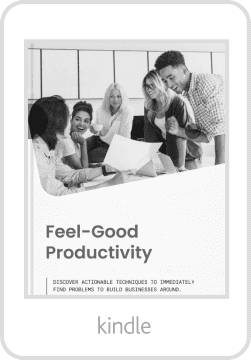Published on September 2022
How to Encourage Clicks Without Shady Tricks
Humility, kindness and humbleness have become rarities on the web. But each of us deserves to be respected and valued — that holds true for how companies treat our data and privacy — and that’s why the very first issue of our little new printed magazine is dedicated to something that’s very close to our hearts: ethics and privacy. The issue will challenge you to explore ethics, privacy and security as you design and build the web.
Ebook
$29.15
ePUB, Kindle, PDF.
hardcover
$45.99
Quality hardcover
“Education is not about passing tests or climbing ladders. It’s about learning to see clearly, act justly, and care deeply — about yourself, others, and the world we all share.”
How to Encourage Clicks Without Shady Tricks
Production-Ready CSS Grid Layouts
CSS Grid has been around for a while, but what would be the right strategy to build bulletproof CSS layouts these days? Do we start building Grid-first, or Flexbox-first, or Fallback-first? In this chapter we won’t dive deep into the spec. Instead, we’ll look into the main things that trip people up when starting to use Grid Layout.
We’ll take a look at the fundamental parts of CSS: Grid and Flexbox. Key to both of these methods are concepts of sizing, space distribution and alignment. Our hope is that by reading this chapter, and building the examples, you’ll have a better understanding of CSS layout as a whole.
“Judith Otto was a loving and revolutionary educator, journalist, management consultant, gardener, and mother of two boys. Her life and work exemplifies her commitment to social justice and ecological literacy. This book supports Concord Prison Outreach, where Judith taught gardening to incarcerated people, and Waltham Fields Community Farm, a 501c3 nonprofit promoting sustainable communities.”
Veit Publishing Supports
Judith volunteered with Concord Prison Outreach, where she taught gardening to incarcerated people. For her, the act of cultivating a garden was also an act of healing, renewal, and connection. She believed that everyone — regardless of circumstance — deserves access to growth, learning, and dignity.
🌾 Waltham Fields Community Farm
Judith supported Waltham Fields Community Farm, a nonprofit farm dedicated to building sustainable communities through food justice, ecological education, and hands-on agricultural work. Its mission aligns with her lifelong efforts to restore harmony between people and the planet.





